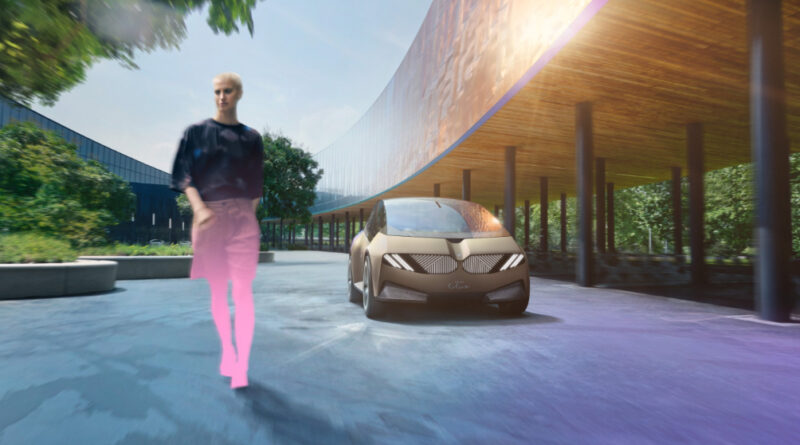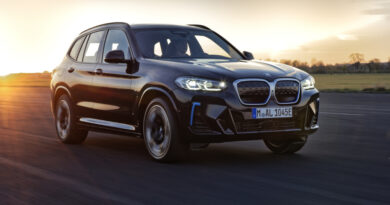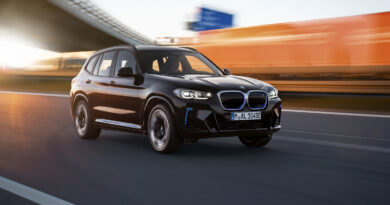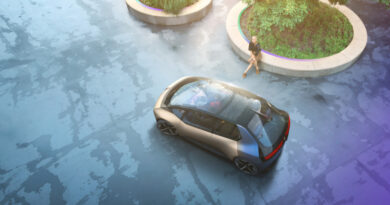Modern luxury: Exploring sustainability in the premium space
Produced in partnership with BMW
Can luxury and sustainability really go hand in hand? BMW says it can, and does. But it takes plenty of creativity, some truly innovative solutions, and perhaps a cactus or two…
The climate challenges facing our planet are no longer somebody else’s problem. They concern all of us at a fundamental level.
You can see that in Australian communities and the way the accepted order of things has changed, from the politicians we elect to the cars that we buy.
The BMW Group, which includes BMW, MINI, Rolls-Royce and BMW Motorrad is embracing this challenge and opportunity utterly. Its commitment to electric and electrified vehicles show it is all-in when it comes to a cleaner, greener and more sustainable motoring future.
“There can be no compromise when it comes to climate and environmental protection,” BMW AG Management Board Chairman Oliver Zipse said in defining the brand’s direction. “It is a decisive topic for the future of our society.”
At the same time BMW recognises certain standards are expected by buyers of its vehicles. A premium price requires a premium product. Whatever the owner touches, sees and experiences in a BMW must reflect that.
To be true to itself and good for the world, BMW knows it must deliver that experience sustainably. That means using less finite raw materials, more recycling, an ethical approach to its sourcing and clean production processes.
It’s not alone in this. In a variety of different ways luxury brands globally are embracing this challenge put to them by modern consumers.
Watch-maker Citizen has a range of solar-powered timepieces that eliminate the need for batteries; fashion icon Gucci guarantees that 95 percent of its raw materials are traceable; jeweller Tiffany only buys and sells diamonds sourced from responsible mining companies.
For BMW, sustainability is not a new commitment. The ground-breaking BMW i3 electric vehicle launched in 2014 made this focus obvious.
More than 80 percent of the visible interior surfaces were made from recycled materials or renewable resources. Its seats were originally PVC bottles, the door linings were made from kenaf, a hemp-like plant, and the interior was trimmed with sustainably harvested bamboo.
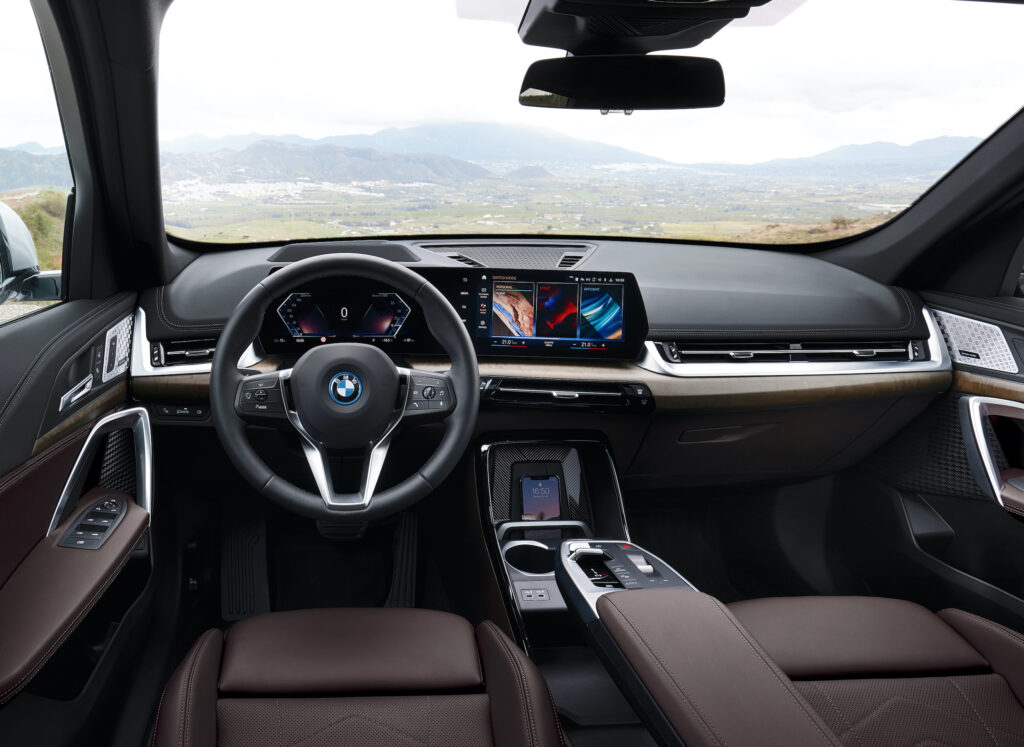
Fast forward to the iX SUV electric SUV launched in Australia in 2022 and the lessons learned and the progress made are significant.
The use of chrome has been reduced 90 percent inside and out and now only features on the BMW badge on the steering wheel.
The control panel in the centre console can be made from sustainably grown wood and comes with globally recognised Forest Stewardship Council (FSC) certification.
Leather upholstery is treated with olive leaf extract instead of conventional tanning agents. This is obtained from the leaves gathered following the annual pruning of the trees in European olive groves.
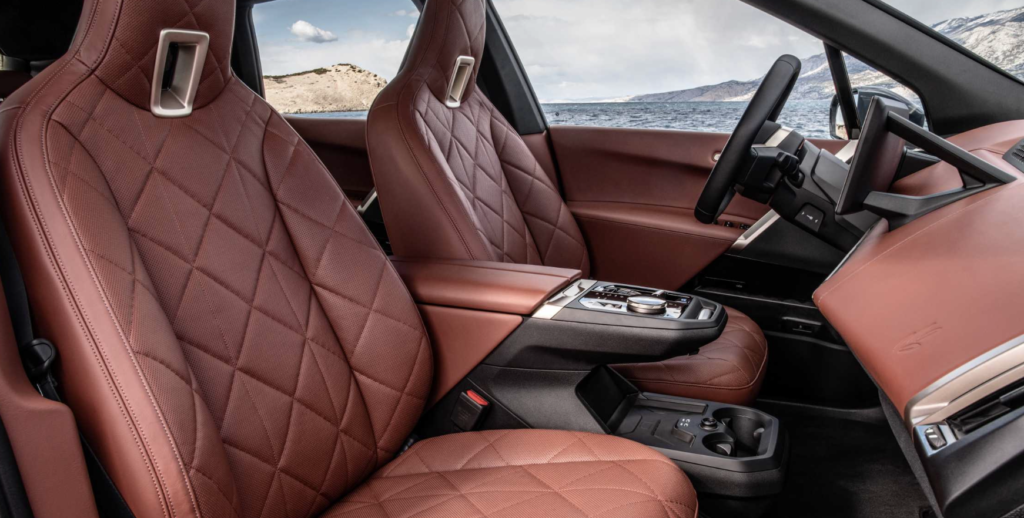
The carpeting and floor mats are made from a synthetic yarn that is produced from recycled nylon waste material in a specially developed process. The source material for this includes used fishing nets recovered from the sea along with worn flooring and residual waste from plastics manufacturing.
These waste products are fed back into the reusable material cycle at a special facility in the Slovenian capital Ljubljana. For this, the material is first broken down into its chemical constituents and then processed to produce nylon granules. The resulting Econyl material forms the basis for making the floor coverings and mats in the iX electric SUV.
As well as helping to preserve resources, the use of Econyl also serves to reduce climate-damaging emissions. The process for manufacturing the recycled plastic emits around 80 percent less CO2 than conventional production of petroleum-based nylon.
Over 20 percent of the thermoplastic content in the iX recycled. The substructure of the door panelling, the cowl panel cover, the bumper guides and the surround for the front bumper, for example, are all made entirely from reused plastic. Each iX contains some 60kg of recycled plastic in total.
Burrow deeper into the iX and the sustainability mantra is maintained. For instance, the electric motors dispense magnets and therefore rare-earth materials.
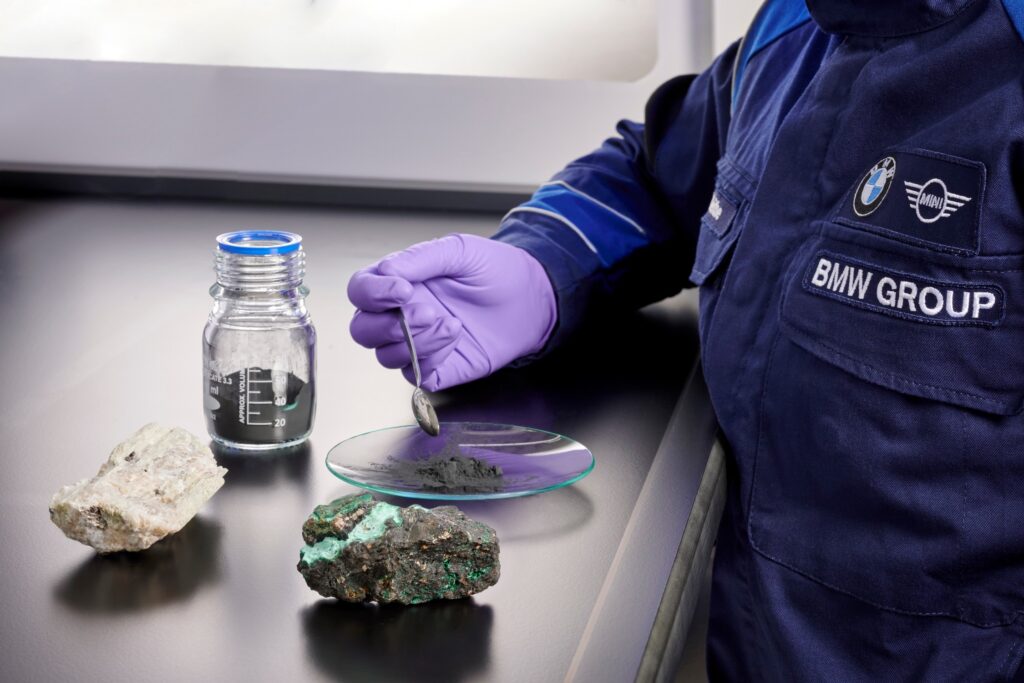
The proportion of cobalt contained in the cathode material of the latest lithium-ion battery cells has been reduced to less than 10 percent. In addition, the BMW Group procures the cobalt for the battery cells itself, ensuring environmental and sustainability standards are observed during the extraction and processing of cobalt and there are no violations of human rights.
The BMW Group also sources lithium for high-voltage batteries from Australian mines before supplying it to battery cell manufacturers.
That is the now, but there is much more coming. New plans and alliances to increase sustainability are being frequently announced.
In April BMW Group revealed it had acquired a stake in BComp, a Swiss company that manufactures carbon-neutral reinforcement solutions which cut both material usage and weight and are particularly well suited to use in visible and panelling parts of vehicle interiors.
Late last year BMW acquired a stake in the start-up Natural Fiber Welding, which is developing plant-based Mirum. This can look like leather or carbon-fibre depending on the customer’s desires.
BMW is also investigating the leather alternative Deserttex, which is made from cactus fibres. It already offers the leather-free alternatives Alcantara and Sensat.
BMW has encapsulated much of its thinking in the i-Vision Circular, a luxurious compact electric concept imagined for the year 2040. Sustainability is at the core of every aspect of this car. It has been designed according to circular economy principles, hence its name.

A circular economy is the opposite of a traditional consumption-focussed process. It is based on a model of production that maximises recycling, reusing and repairing products for as long as possible. At its most complete, nothing goes to waste.
Revealed last September ahead of the Munich motor show, the i-Vision Circular is completely carbon-neutral. It is made from 100 per cent recycled materials and can be 100 per cent recycled at the end of its lifespan. It extensively uses bio-based raw materials.
It abandons the use of paint altogether, rolls on tyres using certified, sustainably cultivated natural rubber with a slightly transparent appearance.
Sitting under a glass roof, the interior features four lounge-like seats trimmed in velvet-like upholstery made from recycled plastic.
Even the steering wheel rim has been 3D-printed from bio-based material.
It’s a small detail in a much larger picture, as Zipse confirms.
“The best vehicles in the world are sustainable,” he said. “That is why premium and sustainability will be even more inextricably linked in the future.”

